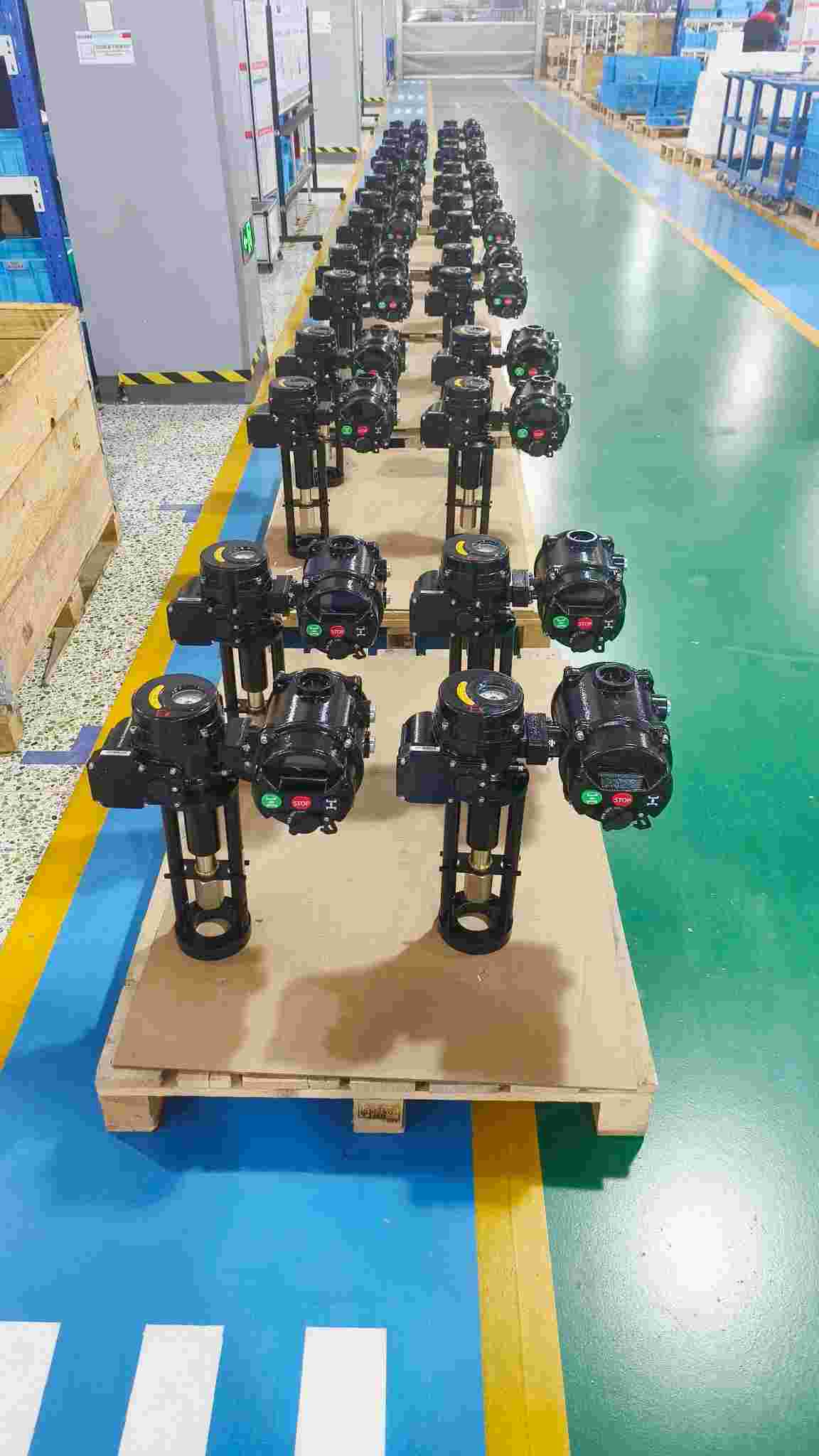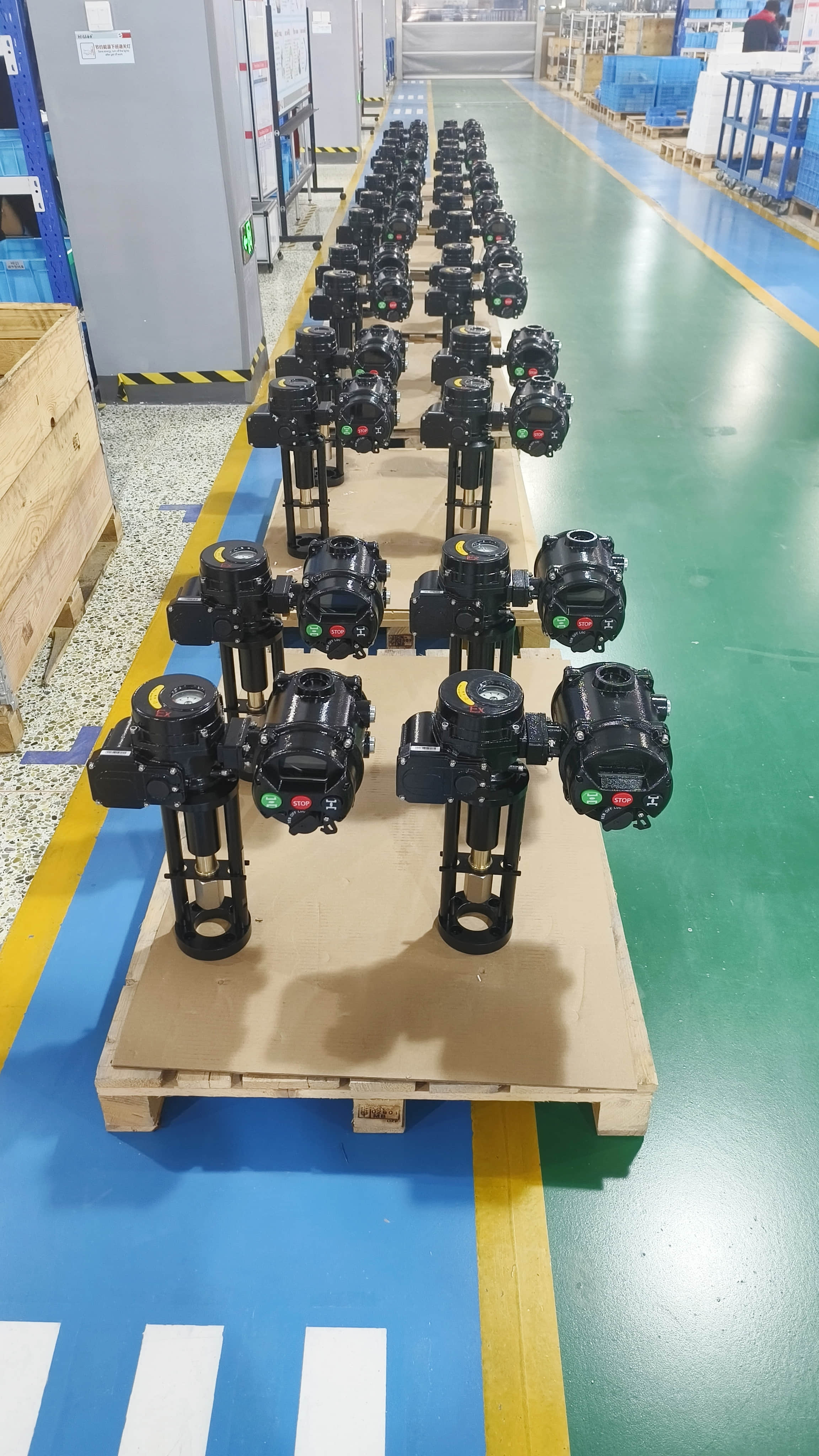
Intelligent Integrated Electric Actuators (IEAs) represent a significant leap in automation technology, bringing greater precision, efficiency, and flexibility to various industries. These devices integrate electric actuators with advanced control algorithms, sensors, and communication interfaces, enabling them to perform sophisticated tasks with minimal human intervention. CNHELI, a prominent player in this field, is pioneering the development of IEAs that set new standards for automation across diverse sectors, including robotics, aerospace, and manufacturing.
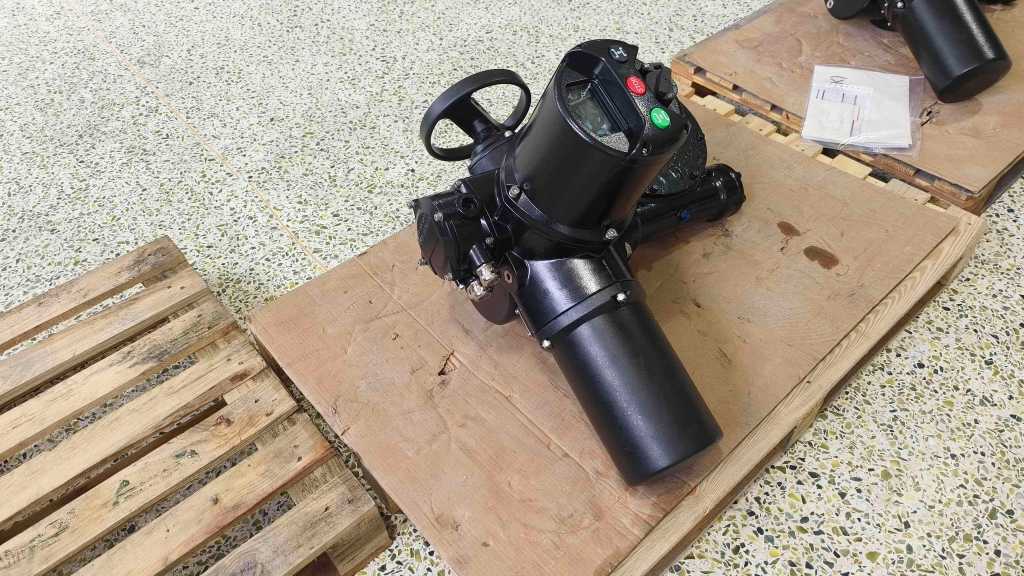
What is an Intelligent Integrated Electric Actuator?
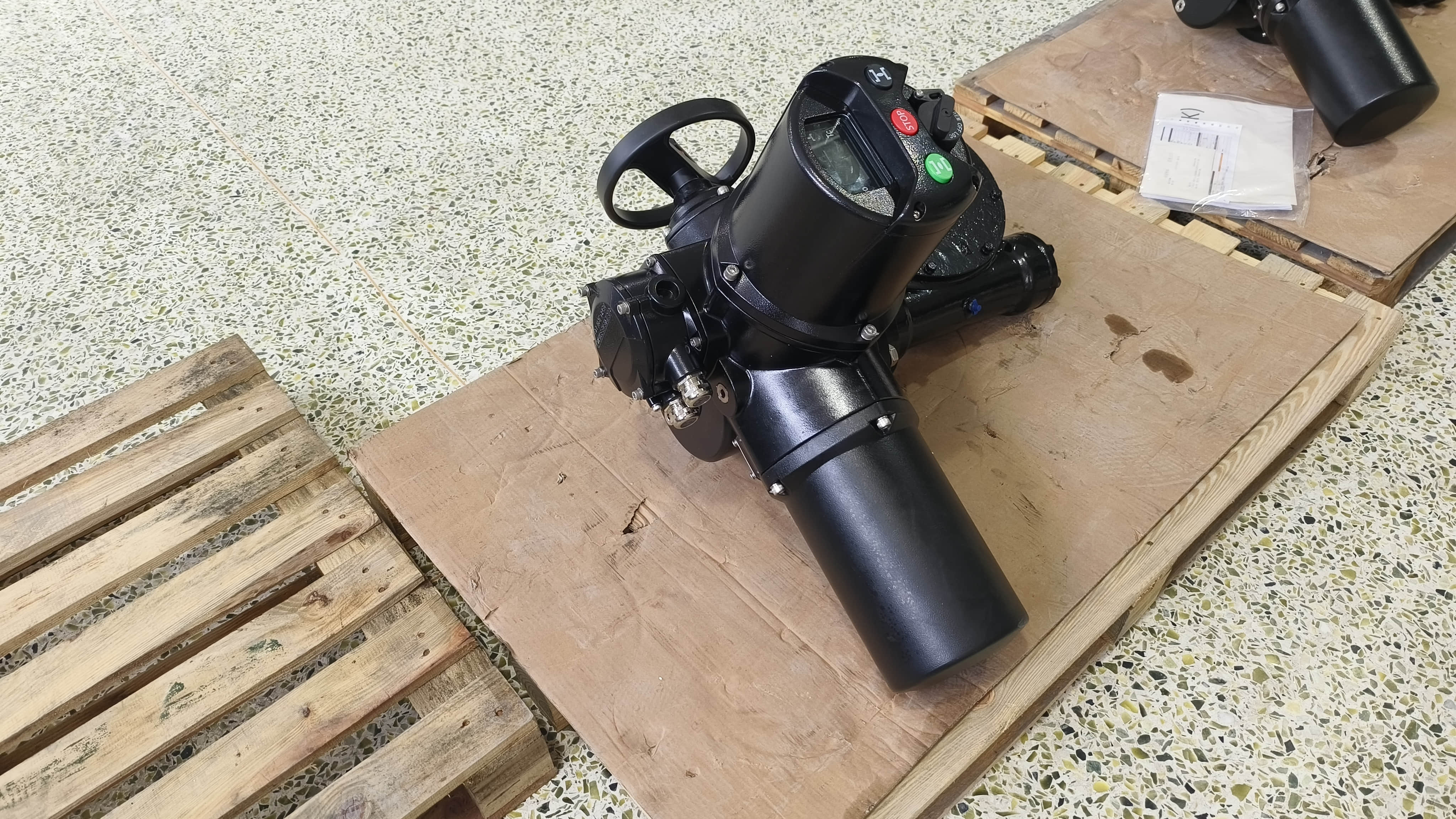
At its core, an Intelligent Integrated Electric Actuator combines the traditional electric actuator's mechanical functionality with the power of smart technology. An electric actuator uses electrical energy to generate motion, typically converting rotational motion from an electric motor to linear motion. However, unlike conventional actuators, intelligent versions come equipped with sensors, control systems, and even network communication capabilities. This integration allows for real-time adjustments, ensuring precise and adaptive control over the actuator’s movements and performance.
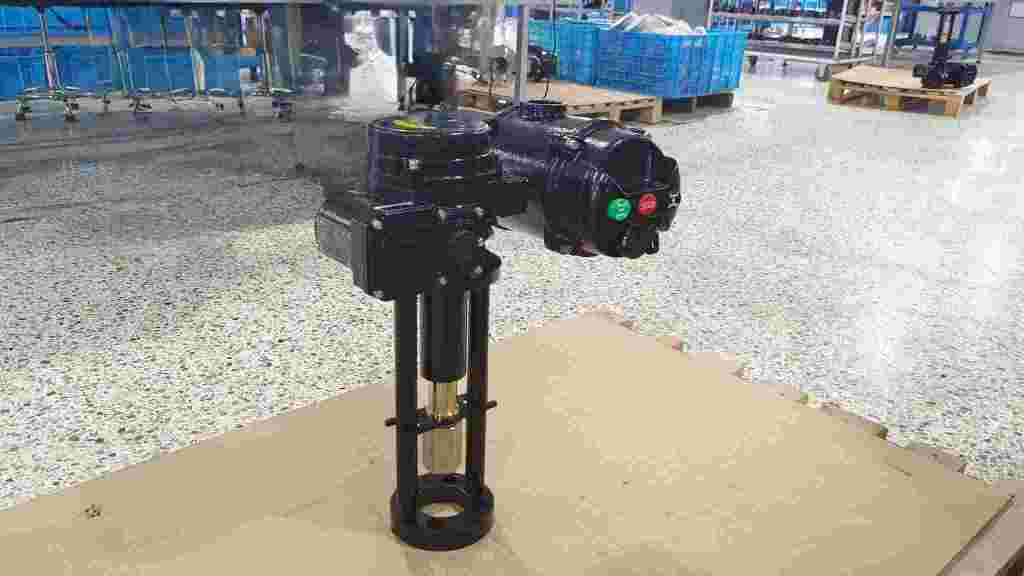
Key Features of Intelligent Integrated Electric Actuators
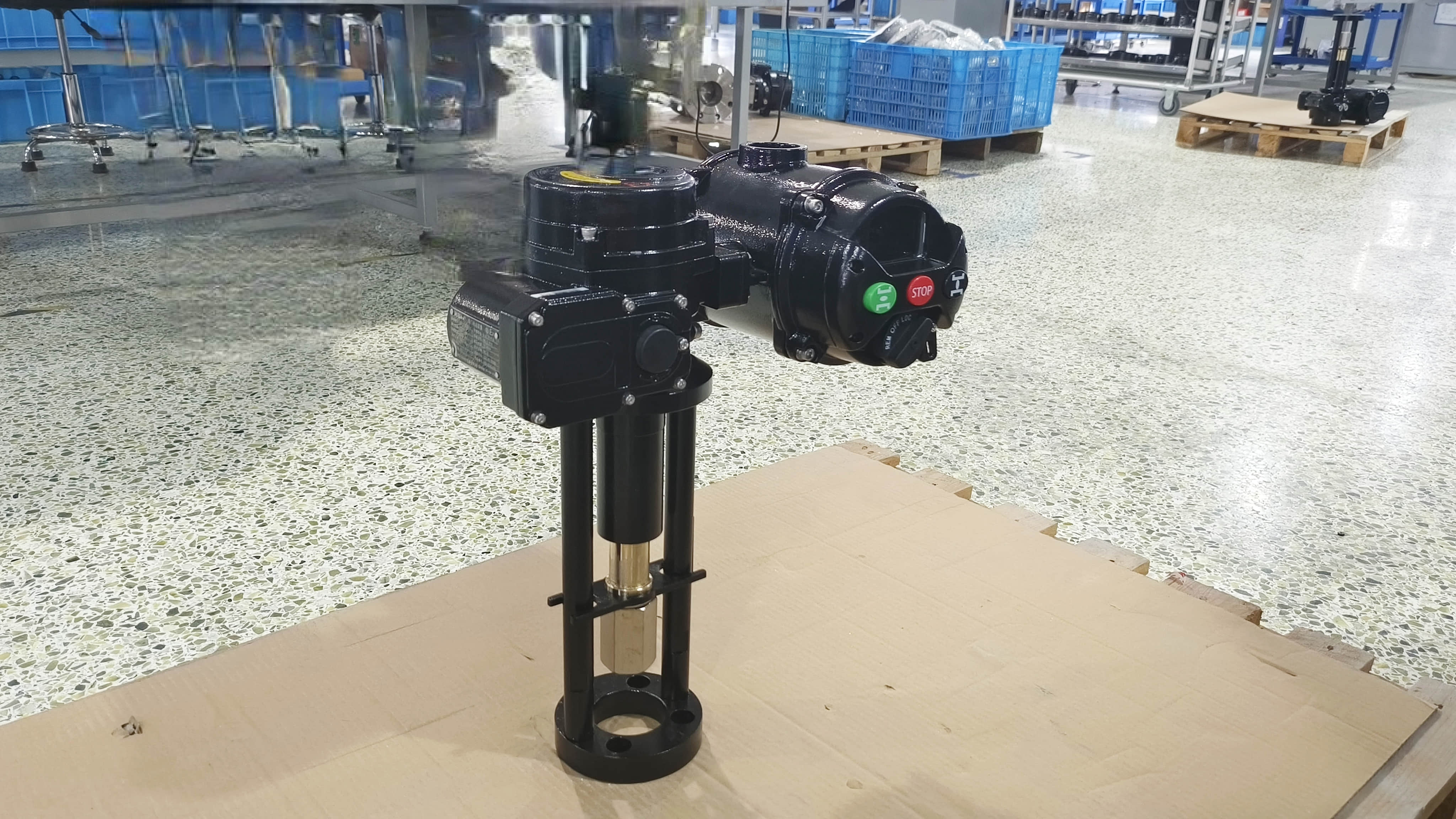
The primary advantage of IEAs is their ability to perform tasks with high accuracy and efficiency. Some notable features of these actuators include:
